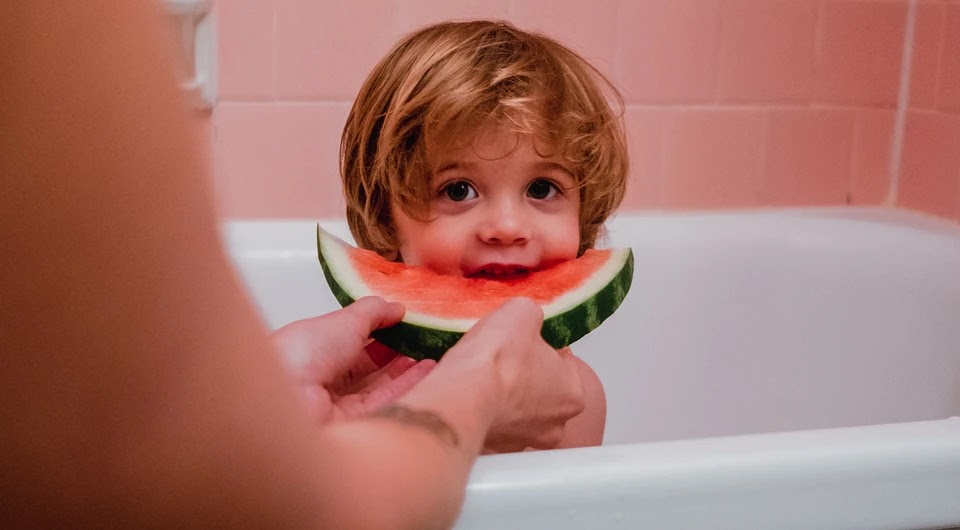Although we want only the best for our skin, baby cosmetics are a very special issue. The founder of the children's hygiene brand and happy mother Irina Dobrova told us how to read the labels correctly.
Let's twirl the bottle from all sides
In the opinion of the layman, the main difference between children's cosmetics and adults is its bright packaging with cartoon characters and drawings. But still remember that one should judge a “book” not by the cover, but by the content. Therefore, we pay all our attention to the label that is not with the picture, but with the composition.
By the way, a note to those who, in addition to the label, pay great attention to the aroma, listening to it directly from the package before buying. No matter smell of a cosmetic product how important the is in the perception of a mother and child, one cannot fully rely on this criterion when choosing a children's product.
“A tasty and pleasant aroma is not an indicator of safety. The fragrance of children's products must be hypoallergenic and have appropriate documents confirming its safety for children, ”says Irina.
Attention to the composition
Children's cosmetics, depending on the skin type of the baby , should contain moisturizing ingredients (for example, D-panthenol or extracts of various plants), gentle surfactants and preservatives. You should not be afraid of the latter. But in order to maximally protect the baby from allergic reactions , it is worth considering the individual intolerance of the ingredients.
“It's good if the preservatives are soft and at the end of the composition. For example, for all our products we use food preservatives Sodium Benzoate and Potassium Sorbate. How much in the composition of plant extracts, D-panthenol or plant surfactants (detergent base) can be understood by the place of the ingredient in the composition. The closer to the beginning, the more, ”the expert explains.
Asset type
Young mothers often sweep a variety of children's hygiene products from the shelves, since they still do not know exactly what they will need at all. In fact, it is better to buy one or two universal remedies for a test to check the reaction of the baby's skin to the compositions of this manufacturer. There is always time to buy in addition.
“The experience of our customers shows that the most necessary products for mothers are shampoo, gel-soap or shampoo-gel 2in1. For the birth of my daughters, I chose the same set, supplementing it with baby cream and powder, ”comments Irina.
What does not belong in a children's "cosmetic bag"
We figured out what is good - and this is good. But it is equally important to know which "stop signals" should be looked for in the composition of funds:
- Parabens and sulfates ... Many global manufacturers have already abandoned parabens and sulfates. And if in products for adults this moment can be experienced , then in the case of babies - definitely not. Sulfates are washed "to a squeak", damaging the natural protective layer of the skin, which is already quite delicate in a child.
- Flavors ... In 2007, the American Society for the Study of Dermatitis named fragrances as a top allergen. At the same time, manufacturers often try to attract young mothers with the "sweet" aroma, so we are not fond of the bright aroma of strawberries or mango.
- Dyes ... Modern cosmetics not only want to smell, but also look delicious. And artificial pigments, which can be carcinogenic, are usually responsible for the bright color. Therefore, the advice is simple - do not guess and choose products without dyes. The simpler the composition, the better.
- Ingredients with MEA, DEA, TEA in the title. All of these components are used as foaming and binders. TEA and DEA can cause allergies, itching and irritation of the mucous membranes. Especially dangerous in combination with SLS (SLES). What's more, DEA can be harmful to the heart, brain, kidneys and liver as it can be absorbed through the skin. And you and your baby definitely don't need it.


0 Comments